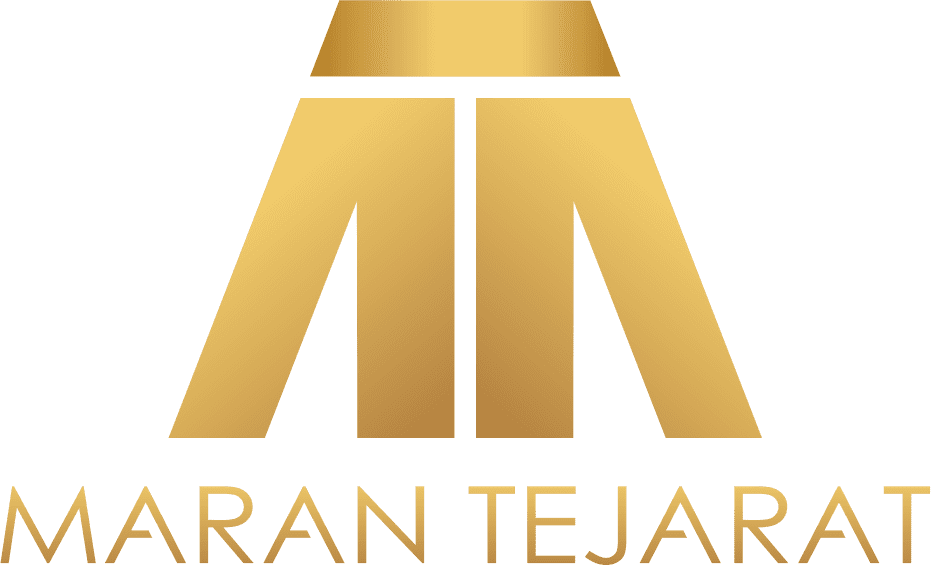Pig Iron Ingot (Cast Iron)
Introduction:
Pig iron (cast iron) is an alloy produced by melting iron and carbon. After melting, the molten metal is poured into a mold to produce ingot. There are significant differences between steel and cast iron. Steel has less than 2% carbon, which makes the product solidified in a microcrystalline structure. Cast iron has more carbon and can also be alloyed with small amounts of manganese, molybdenum, cerium, nickel, copper, vanadium and titanium to improve its properties. This alloy is very popular due to its easy formability and low cost. Its other main advantages over cast steel include ease of machining, reduced vibration, wear resistance, and corrosion resistance. The corrosion resistance of cast iron is improved by adding minor elements such as silicon, nickel, chromium, molybdenum and copper.
Types of cast iron are as below:
White Pig Iron
Gray Pig Iron
Ductile Pig Iron
Malleable Pig Iron
Compressed graphite
Application:
Pig Iron Ingot is used in various part industries such as automobile, pipe, valve and fittings, pump, electric motor, equipment, industrial machinery, propeller of wind turbines, water and gas connection. It is also used in agricultural parts, electrical connections, parts used in mining industries, steel industry and protective manufacturing to prevent turbine fires.
Packing:
Bulk
On Pallet

i interested pig iron